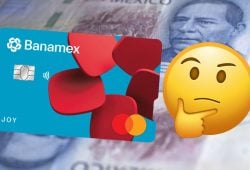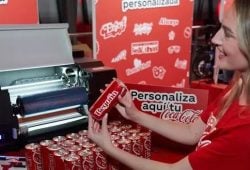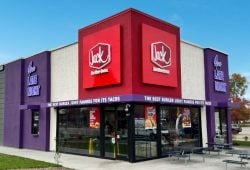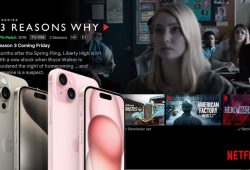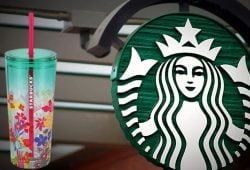Coca-Cola is one of the most valuable and recognizable brands in the world. According to the Interbrand Best Global Brands report, Coca-Cola is consistently ranked as one of the top 10 most valuable brands globally. In 2020, the brand was ranked at number 6 on the list with a value of $58.5 billion. By 2022 it ranked number 7 with a total value of $57.7 billion.
In addition to its strong financial performance, Coca-Cola has a significant global reach and a solid emotional connection with consumers. The brand is available in more than 200 countries and is one of the world’s most widely recognized and well-known brands. Coca-Cola is also known for its long-standing and successful advertising campaigns, which have helped to establish the brand as a symbol of happiness, positivity, and togetherness.
It’s worth noting that the ranking and value of a brand can vary depending on the source, methodology, and year the research was conducted. However, it’s widely accepted that Coca-Cola is one of the most valuable and recognizable brands globally.
Coca-Cola most memorable ads
One of Coca-Cola’s most famous and iconic advertisements is the “Share a Coke” campaign, launched in Australia in 2011 and later rolled out to other countries. The campaign encouraged customers to purchase Coca-Cola products with their friends’ names on the labels, with the idea being that it would encourage people to “share a Coke” with one another.
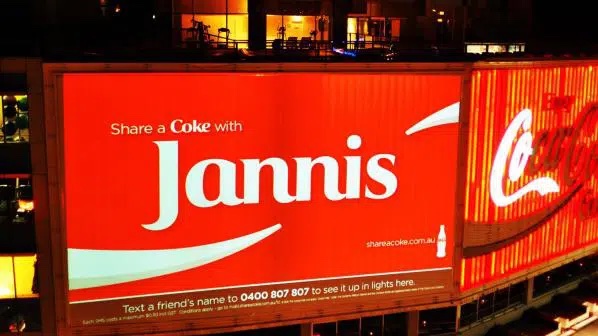
The “Share a Coke” campaign was a creative and unique marketing strategy that aimed to connect with customers on a personal level. The campaign featured Coca-Cola products with popular names and terms of endearment on the labels, such as “friend,” “buddy,” and “sweetheart.” The campaign successfully drove sales and created a sense of nostalgia and personal connection with the brand.
Another iconic Coca-Cola ad campaign is the “Holidays are Coming” campaign, which features a Coca-Cola truck traveling through a winter wonderland with the Coca-Cola jingle playing in the background. This campaign first aired in 1995 and has been aired every holiday season. The campaign is so successful that it has become synonymous with the holiday season and a cultural phenomenon.
To understand the “why” behind Coca-Cola advertising it is crucial to understand their most recent strategies. The “Open Happiness” campaign, launched in 2009, aimed to connect the brand with feelings of happiness and positivity. The campaign featured a variety of TV commercials, online videos, and print ads that emphasized the joy and contentment associated with drinking Coca-Cola. This campaign resonated with people all over the world and helped to further solidify Coca-Cola as a brand that represents happiness, positivity, and togetherness. “Central to Open Happiness is the simple notion of enjoying an ice-cold Coca-Cola and taking a small break from the day to connect with others,” said Katie Bayne, chief marketing officer, Coca-Cola North America. “With this new campaign, that’s exactly what we’re inviting people to do more often — open a Coke and share a little happiness.”
Overall, Coca-Cola has been running advertising campaigns for decades. Each of these campaigns is iconic and memorable, and it has helped establish Coca-Cola as one of the world’s most recognizable and beloved brands.
Coca-Cola advertising: what makes it memorable
- Consistency: Coca-Cola has been running advertising campaigns for decades, and this consistency has helped to establish the brand as a household name and make its advertising more memorable. This consistency helps to create a sense of familiarity and reliability, which makes the advertising more effective and memorable.
- Emotional Appeal: Coca-Cola advertising often appeals to emotions such as happiness, positivity, and togetherness. This emotional connection helps to make the advertising more memorable, as it resonates with people on a deeper level. By connecting with people emotionally, Coca-Cola’s advertising creates a strong emotional bond between the brand and the consumer, which helps to make the advertising more memorable and effective.
- Iconic Imagery: Coca-Cola’s advertising often features iconic imagery such as the Coca-Cola bottle and logo, which are easily recognizable and memorable. The use of iconic imagery helps to create a visual association with the brand and makes the advertising more memorable and effective.
- Music: Coca-Cola’s advertising often features catchy jingles, which are memorable and help to create a positive association with the brand. The use of music in advertising is a powerful tool that can create a strong emotional connection with the audience, making the advertising more memorable and effective.
- Timing: Many of Coca-Cola’s advertising campaigns are timed to coincide with major holidays and events, such as Christmas, which helps to create a strong association between the brand and these events. This association helps to make the advertising more memorable and effective, as it creates a connection between the brand and the emotions and memories associated with the event.
- Storytelling: Coca-Cola’s advertising is often based on a story, which makes the message more memorable and relatable. Storytelling allows the brand to communicate its message in a way that is easy to understand, remember and emotionally connect with. This way, the audience can better relate to the brand and its message, making the advertising more memorable.
In summary, Coca-Cola’s memorable advertising campaigns are the result of a combination of different factors, including consistency, emotional appeal, iconic imagery, music, timing and storytelling. Together, these factors help to create a strong association between the brand and positive emotions, which helps to make the advertising more memorable and effective in building a strong brand that is recognized and loved by people all over the world.





